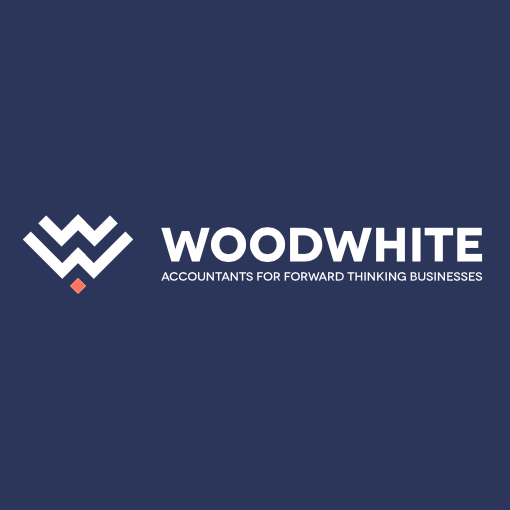Is the VAT threshold a barrier to growth for small businesses?
There are many milestones that your company will reach as it grows from a start-up to an established business. Hitting sales targets and profit margins, registering as a limited company, taking on your first employee are common milestones to celebrate.
Reaching the VAT threshold and becoming a VAT registered business is certainly a badge of honour that you have successfully grown your business to a significant size. It does have an impact on your business, particularly pricing, which is why some hold the opinion that the VAT threshold can be a barrier to growth.
The current VAT threshold
In the Spring Budget 2024, the Chancellor increased the 12-month taxable turnover threshold from £85,000 to £90,000.
Registering for VAT becomes applicable as soon as the company is aware that it will reach a VAT taxable turnover of £90,000 within the next 30 days, not once it has surpassed the threshold. VAT taxable turnover is not based on tax or financial years, it is within a rolling 12-month period.
As well as the administrative process of registering for VAT with HMRC, the business will need to charge, reclaim and record VAT:
You will need to include VAT in the price of your taxable goods and services, which the current standard rate of VAT is 20%.
You will have to file VAT returns with HMRC, usually every quarter, and pay any VAT you owe on time to HMRC (or face a penalty).
How VAT is viewed as a barrier to growth
The VAT threshold of £85,000 was set in 2017 and has only just been increased by £5,000 in this year’s Spring Budget. The new threshold hasn’t taken into account inflation over those 7 years which many bodies representing SMEs argue is unfair. In January, the FSB published a policy report sharing the results of a survey of SME businesses on this topic, making a recommendation to Government to increase the VAT threshold to £100,000.
The addition of VAT to prices can have a negative impact on businesses operating in highly competitive or price sensitive markets . The alternative is that the VAT impacts their profit margin instead. Neither options are particularly desirable and require a strategy to successfully navigate.
As well as the impact on price, SMEs face the administrative burden of being VAT registered. All invoices must include the company VAT number and display the VAT element of the price separately (calculated at the correct rate of VAT). Each quarter, the company has to report on the VAT they charged, the VAT the reclaimed and pay any VAT they owe. Even though VAT returns are now filed digitally through compatible accounting software, it can take up a lot of time and add stress to business owners.
Some businesses see the VAT threshold as a barrier because they can’t grow past £90,000 without registering for VAT, and therefore they choose not to. They actively stall their growth below the threshold to avoid it entirely.
What SMEs should do as they approach the VAT threshold?
If your business is growing and you are regularly achieving £6,000 per month in sales, you could reach the VAT threshold sooner than you think. Here’s what you should be doing:
1. Forecast and prepare
Hopefully, you are regularly reviewing your sales forecasts and can predict with some certainty when you will turnover £90,000 in a 12-month period. This needs to be tracked on a monthly basis and you have to register within 30 days of the end of the month when you went over the threshold. Your effective date of registration is the first day of the second month after you go over the threshold. If you don’t register in time, HMRC could backdate the tax to the date you went over the threshold. That could be a costly mistake.
2. Engage with your accountant
You will need to make several decisions as part of preparing to be a VAT registered business. You’ll need to decide which VAT scheme to join (standard or flat rate) evaluating which one is most cost-effective for your business. You may also want to consider asking your accountant to manage the completion and filing of VAT returns. This would alleviate you of the admin side of things, but will be an additional cost to the business.
3. Communicate with your clients
As your prices are going to increase by 20%, you will need to inform your customers of the change. If you have been reviewing your prices on a regular basis, this price increase shouldn’t come as a surprise, but you may experience objections from some customers. Losing customers on price isn’t pleasant but if you plan for it, your cash flow shouldn’t be impacted too much in the short term.
4. Continue to plan for growth
Now that you have broken through £90,000 in revenue, you need to focus on the next financial goal you want to hit. Keep the momentum moving forward and strive towards the next growth milestone you want to push through. Work with your accountant to ensure your as tax efficient as possible and can fuel investments you may need to make to grow bigger.
How WoodWhite Accountants can help
As accountants to forward-thinking businesses, we have seen many SMEs reach the VAT threshold, and beyond. Together with our expert team of accounting and tax professionals, these clients have successfully navigated through the changes, continuing to grow.
If your business is at this stage and would like support from a proactive team, contact us today on 0118 977 7100 or email enquiries@woodwhiteacountants.co.uk for a FREE, no obligation consultation, tax review and accountancy services quote.


